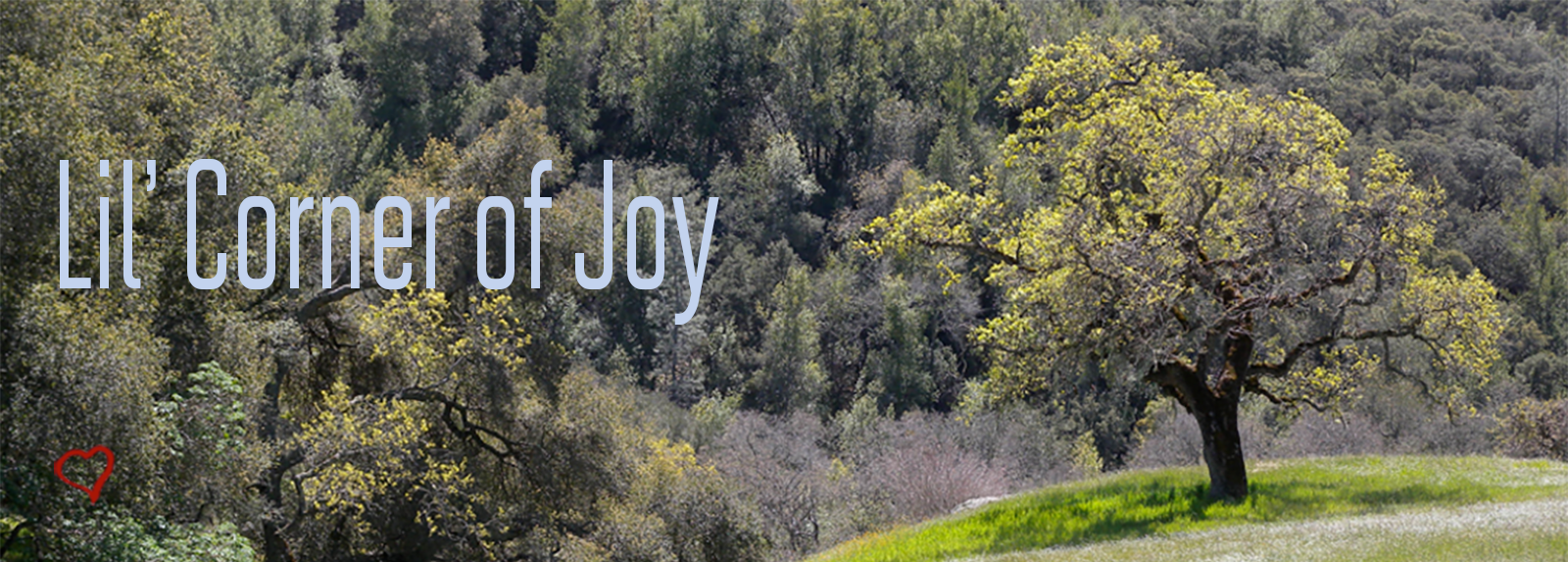Lesley, Lesley’s boyfriend Tim, Dar and I are on a “wind and water caves” group hike in Point Reyes. We’ve only just began hiking down from Laguna Trailhead, trailing, as always, at the end of the pack, when Leslie says, “I want to buy you a gift.”
Eyebrows rise. I ask: “What kind of gift?”
“A car sticker,” Lesley says, as though it’s obvious.
“It’s an I’d rather be monkeywrenching sticker,” Lesley explains.
My breath hitches. “I want five,” I reply.
The term “monkeywrenching” originates from the book The Monkeywrench Gang by Edward Abbey, which I recently read. The book tells of a band of three men and a woman who set out to protest and prevent the destruction of the Utah-Arizona-Nevada desert. Their end goal: blow up the Glen Canyon Dam.
Monkeywrenching is a term not found in most dictionaries. The organization Earth First! defines monkeywrenching as “…a step beyond civil disobedience. It is nonviolent, aimed only at inanimate objects. It is one of the last steps in defense of the wild, a deliberate action taken by an Earth defender when almost all other measures have failed.”
You might wonder what I have to do with monkeywrenching? “Sigal,” you might say. “You’re a law-abiding citizen. Are you really posting about civil disobedience? Is this really something you think about?”
Well, yes, I guess.
The Monkeywrench Gang inspired the creation of the organization Earth First! which engages in activities as varied as barricading a train carrying fracking equipment (in order to prevent it going up to North Dakota, to give a current example), painting graffiti on dams, chaining oneself to trucks or other construction vehicles, and sitting in trees to protest and block logging. The group is fragmented in order to protect its members (in fact, the best monkeywrenchers work alone). From what I can find, despite having a special section in the website called “Security Measures” and a call on the defenders that basically says, “Don’t get caught,” there are quite a few Earth First! members who are serving lengthy sentences in jail.
Yes, monkeywrenching can send you to jail.
In the movie DamNation, we get a glimpse of Earth First! defender Mikal Jakubal as he sneaks to the top of the O’Shaughnessy Dam in Yosemite’s Hetch Hetchy Valley, rappels down, and paints a giant crack down the face of the dam with the words, “Free the Rivers — J Muir.”
Imagine it. imagine yourself packing the car with the equipment you need: rock climbing gear, rope, paint, brushes, dark clothing, and a balaclava. Maybe some snacks for the road? Imagine the rush of adrenaline when you arrive, park your car off the road in the shadows. Imagine sneaking onto the bridge in the dark, deciding where to set up anchor, working as silently and as fast as you can. Keeping watch. Imagine trying to keep all the equipment from jiggling and making noise, and then the concentration that falls once you’re standing on the lip, taking that first step backwards into the ominous darkness that is the face of the dam, rappelling down. And finally, imagine the exhilaration of painting the words by the flimsy light of your headlamp, of painting the crack, of making your escape, hiking up quickly from the bottom of the dam. Your headlamp, a single ray of idealism in the darkness of capitalistic blight.
Have you noticed that darkness cannot overcome even the tinniest candle, but even the most feeble light can overpower the dark?
This is what legends are made of. These are acts that make history and inspire countless people. Brashness, courage, disregard to personal safety. Standing up for what’s right.
When I was 18, I wanted desperately to serve in the Israeli army in a position that would make a difference. I was an idealist, yearning to defend the land where I had grown up. Now, at 44, I am still an idealist, seeking for a way to defend another land which is as, or perhaps more, important: our land, where the wild still exists, and the living beings that exist on it.
I stand in defense of water, soil, and air. I stand in defense of Emigrant Wilderness, Arctic National Wildlife Refuge, the Boundary Waters. I stand in defense of the redwood trees and the mariposa lily, the ruby-throated hummingbird, manatees, and beluga whales. I stand in defense of our planet and its myriad of different species. In the light of recent events, I feel determined and resolved to do all in my power to protect those I love, from the smallest organism to the entire planet.
Now, ask yourself, where do you stand?











